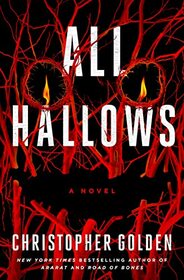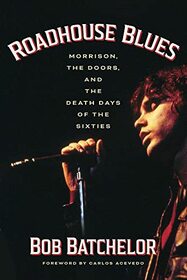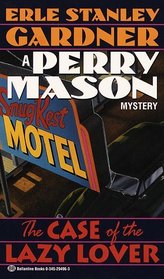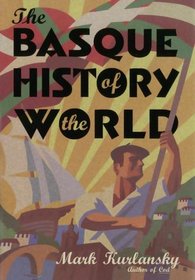Harpy’s Flight by Megan Lindholm
Review by Cyndi J. (cyndij)
HARPY’S FLIGHT, written back in 1983, was the first novel from author Megan Lindholm. Lindholm would later go on to write as Robin Hobb and is pretty successful. I’ve never read Robin Hobb, so I can’t say if this fantasy has anything in common with her later work, but I can say it does show signs of being a first novel. This is the first in the “Ki and Vandien Quartet”, although I’ve also seen it listed as “Windsingers #1”. It’s a mostly complete story but very obvious that there will be more. It’s out of print – not surprising to me – so finding it will take a little searching.
It’s set in a fantasy world with five different species of sapient beings, although we only get to know Humans and Harpies, and the Harpies not much. Magic doesn’t play much part in the book. The world one of those common quasi-medieval places – a mostly agrarian society without technology.
Harpies killed and ate Ki’s husband Sven and their two children. She took her revenge, but she’s lost now without them. She’s hauling goods for a shady character through a dangerous route the shipper insisted she take when a desperate man tries to steal one of her draft horses. Instead of just killing the guy she takes him in. Vandien gives her dire warnings about the route she insists on taking, but of course she ignores all that. But don’t worry – the horses do not die.
The book shifts back and forth through time, always with Ki’s POV, which I felt tended to slow things down. Much of it deals with the time she spent at her in-laws after telling them of Sven’s death. She hates being there and desperately wants to leave, she makes bad mistakes dealing with their customs, but stays out of obligation. To me, this went on much too long. I wanted to shake her and say “Just leave already!”. However, that meant I cared about her as a character, which is always good. There’s a huge ordeal on the trail towards the end that also went on much too long – I started skipping whole paragraphs.
This is not a fast-paced book. It’s much more focused on Ki’s past life, her emotions and grief about what’s happened to her than about the world she lives in, or even her current journey. We learn nothing about Vandien until the very end, and unless I missed it (quite possible) we don’t know why he was so desperate to get over the pass in the first place. I absolutely did not understand the motive of the person who wanted Ki dead, and here I’m almost certain I missed something. Overall impression – it was just okay. I finished it but I confess I was impatient for the book to end. My preferences are for more action and less introspection. But the two characters have good potential, I like the traveling aspect, and I hope we see more from the other species. I have the other three volumes already and I’ll read the next. As Hobb, the author has an excellent reputation, so I anticipate improvement.








